Each year, the Sustainability Round Table Booklist Committee curates an annual list of 10 notable children’s books on nature, conservation, and communities that reflect the mission of SustainRT “to exchange ideas and opportunities regarding sustainability in order to move toward a more equitable, healthy, and economically viable society.” Click below to download the formatted list!
Category: Library Resources
Climate Stories Project
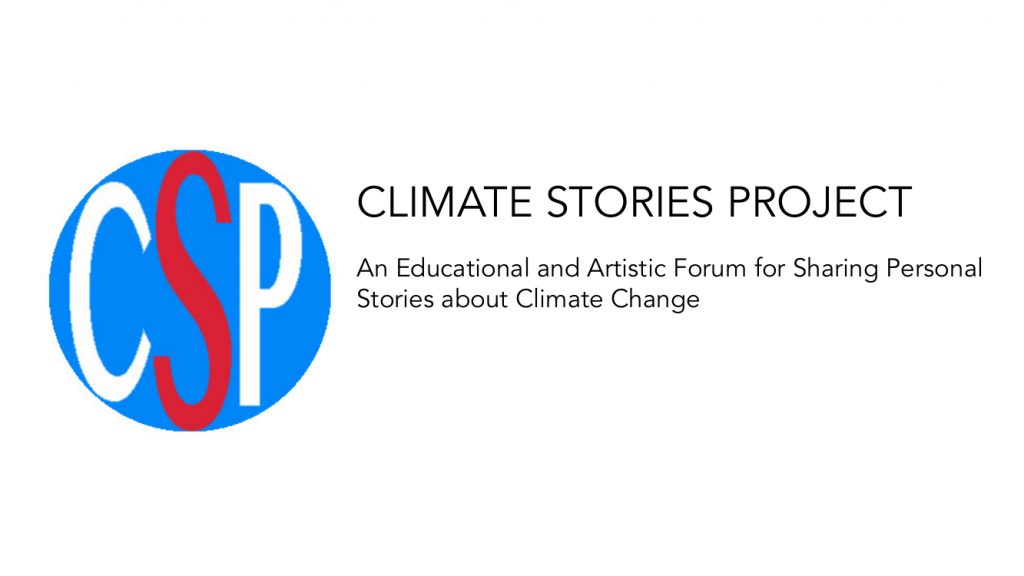
Climate Stories Project (CSP) is an artistic and educational climate change communications forum that collects and shares personal stories about the changing climate in order to promote an equitable and effective response to the climate crisis through storytelling, engaged communication, education, and creativity.
We offer workshops to schools, libraries, government organizations, and other institutions where participants take steps to harness the power of storytelling to engage with climate change. CSP also offers a free online Climate Stories Ambassadors program where participants receive training in climate storytelling and interviewing. Participants also connect to other Climate Stories Ambassadors from around the world.
Please visit our website to listen to climate stories, submit your own story, and to learn more about our workshops and the Climate Stories Ambassadors program. https://www.climatestoriesproject.org/
Sustainability Book Review: How to Prepare for Climate Change
As a reoccurring feature on the Sustainability Roundtable blog, we will post reviews of books related to sustainability. Interested in submitting your own review to the blog? Contact August at aolundsmith@gmail.com.
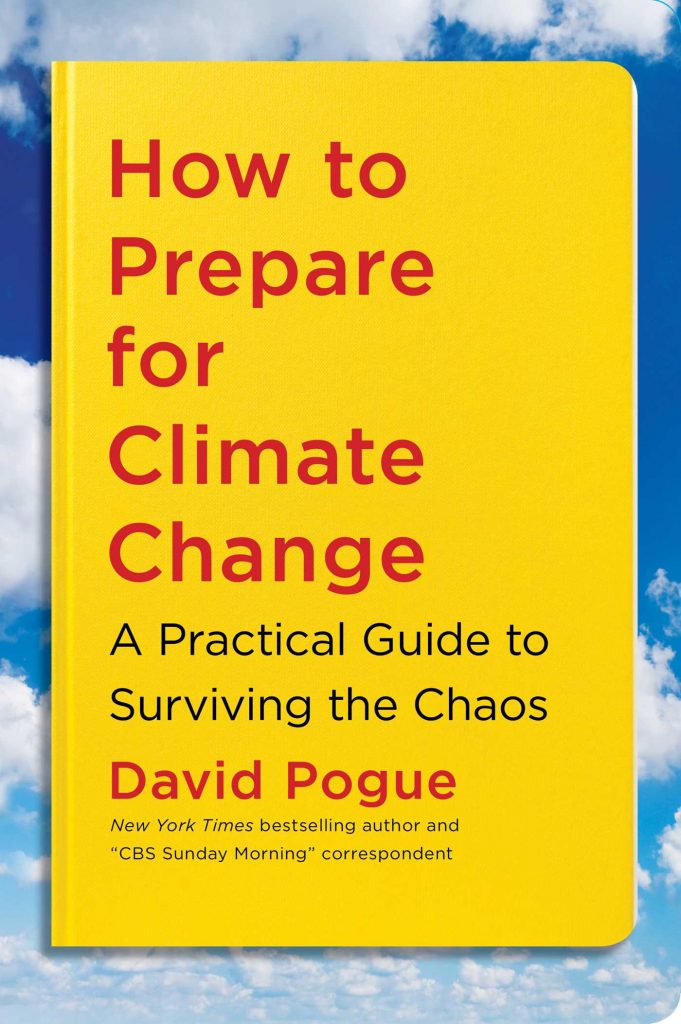
How to Prepare for Climate Change: A Practical Guide to Surviving the Chaos by David Pogue
Book Review by Kacper Jarecki
This book was released just recently so I wanted to take a look. First of all, a note about the author David Pogue. He is a correspondent on CBS Sunday Morning and NOVA on PBS. He is the author of books such as Mac Unlocked, Windows 10: The Missing Manual, Opera for Dummies, Magic for Dummies, Pogue’s Basics: Life, and a bunch more. David Pogue definitely seems to have a lot of diverse interests and his career doesn’t solely focus on sustainability. That being said, he does bring some unique perspectives and interesting suggestions for how to survive in different catastrophic situations. Some chapter titles include Preparing for Flood, Preparing for Drought, and Preparing for Hurricanes and Tornados.
This is a book that you don’t necessarily read straight through: each chapter stands on its own so you can read whatever topic interests you at the moment. There is a chapter about the best places to live with coastal cities like NYC where I live, not being ideal with rising sea levels. There is a list of the top 15 cities that will be least affected by global warming in the US: with Madison, Wisconsin taking the number 1 spot – 5 lakes, 260 parks, 11 beaches, and 200 miles of hiking and biking trails. Portland, Oregon is on the list too – and that is the site of the PLA (Public Library Association) Conference in March 2022, so I hope I can go to the conference and take a look around in the city J There are also chapters about how to build your home so that it withstands different catastrophes better, where to invest your money, and what plants to grow in your garden.
David Pogue gives a lot of suggestions including many out of the box ones. For example, there is a section about whether or not to have kids: being child-free keeps “9,400 tons of carbon dioxide out of the atmosphere,” but additionally also frees up time to “work on the planet’s behalf.” He lists what to have in an emergency bag, including cigarettes because if you’re a smoker because “the last thing you need is the stress of withdrawal when you’re living through trauma.” And he says applying antiperspirant to the back of your neck will help keep cool in the summer. He even recommends that atheists join a local church or temple, if at the very least to cultivate a supportive social network.
As evidenced by the past year with the pandemic, we are definitely living in some special times. It’s helpful to think and plan about different possible situations that may come up in our lifetime. How to Prepare for Climate Change definitely gives a lot of food for thought.
Discussion Questions:
1. What are some possible ways climate change can affect your current living area?
2. If you could live anywhere in the world, where would you live? What are some features that are important to you (i.e. living by the beach, being next to a park, etc.)?
3. What are some things you can do right now to get prepared in case of an emergency?
4. Which of David Pogue’s suggestions stood out to you the most?
5. Do you have any tips for surviving a catastrophe that you’d like to share?
Sustainability Book Review: Music for Tigers
As a reoccurring feature on the Sustainability Roundtable blog, we will post reviews of books related to sustainability. Interested in submitting your own review to the blog? Contact August at aolundsmith -at- gmail.com
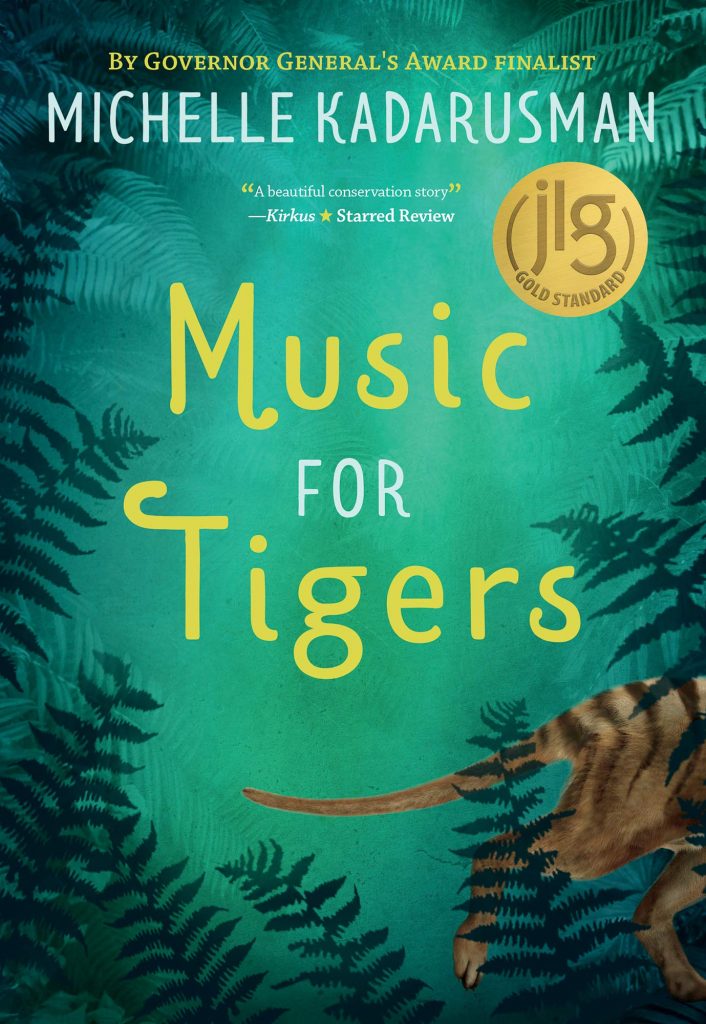
Review: Music for Tigers by Michelle Kadarusman
Reviewed by Angele DeNeve, Assistant Manager Queens Library at Peninsula
Spoiler Alert: This review talks about the ending of Music for Tigers.
How could logging, mining and conservation possibly be connected to music and tigers? Luisa, a 12- year-old musician from Canada, is sent across the world to spend time with her uncle in the Tasmanian Rainforest. The land belonged to her ancestors and, unbeknownst to her, is being taken over to create easier access for logging and mining of its natural resources.
Luisa is disconnected from nature and completely unaware of the human effect on the Tasmanian Rainforest. Upon arrival, her only concern is finding time to practice for her upcoming audition for the Toronto Symphony Youth Orchestra. However, after spending time in the rainforest, getting to know her family’s history and meeting indigenous people of the area, Luisa’s focus begins to shift to the injustice of the loss of her family’s land to mining industries and the damage the mining is doing to the rainforest and its inhabitants. In particular, Luisa learns of the local “tigers,” or Tasmanian tigers believed to be extinct.
As the days pass Luisa learns of her family history through the journals of her great grandmother and discovers her connection to the land. After spending time with Colin, a local boy with autism who is an expert on environmental and local history, Luisa learns about the rainforest, the extinction of species, the history of the land and how to survive in the wilderness. She also makes the connection that people who don’t understand autism spectrum disorder can misunderstand and mistreat people who fall on the spectrum. Once Luisa is informed, she becomes sympathetic to her friend and defends and protects him from others. Similarly, once she is educated about the Tasmanian Rainforest, she feels compelled to do what she can to improve the situation.
While Luisa can’t save the land from the mining industry, she can help to protect the Tasmanian tigers using her music. Luisa’s music, like her great grandmother’s music, connects her to the last surviving Tasmanian tiger, enabling the safe capture and relocation of the animal before the land is taken over. Luisa not only saves the tiger, makes a friend and broadens her mind, but the experience helps her to succeed at her next audition. After being so focused on one thing for so long, Luisa sees that opening herself up to new experiences makes her a better human being and a better musician.
I appreciate that this story was set in an unusual place, with unusual species and carries such powerful messages about conservation, empathy, and personal growth. The most prevalent lesson being that once you learn about any type of mistreatment (land, species, human or otherwise) and see its impact first hand, it becomes your duty to respond. Most importantly, watching Luisa use her talents to make a change is a wonderful lesson on the effect one person’s actions can have on the world around us.
Extension activities for librarians working with youth:
- Have children locate the Tasmanian Rainforest on a map and find one recent article relating to the rainforest.
- Begin family history projects where children research their roots going back as many generations as possible – highlighting marriages, moves and career paths that impacted future generations.
- Research a Tasmanian aboriginal person. Share information in group discussions or poster projects.
- Research an endangered or extinct species and find the contributing factors to its downfall.
Top 10 Sustainability-Themed Children’s Books
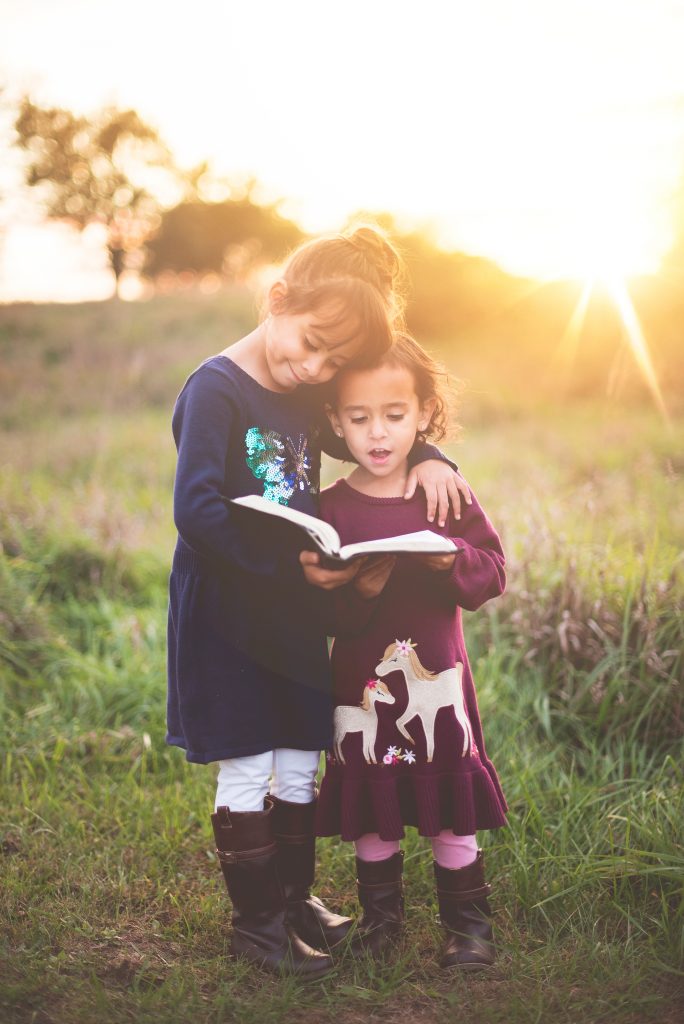
Each year, the Sustainability Round Table Booklist Committee curates an annual list of 10 notable children’s books on nature, conservation, and communities that reflect the mission of SustainRT “to exchange ideas and opportunities regarding sustainability in order to move toward a more equitable, healthy, and economically viable society”. Check out the 2021 list today by clicking here!
We’re also excited to share the responses of two authors to their books’ inclusion on the 2021 list. Brooke Smith, author of The Keeper of Wild Words, wrote:
I’m so honored to have my book The Keeper of Wild Words chosen as one of the top 10 sustainability themed children’s books of 2021. One of the definitions of sustainability is to endure. To endure is to live on, remain in existence, last. When I found out that the Oxford Junior Dictionary was removing over 100 natural words from its pages because they no longer felt they had relevance for today’s children, I knew I needed to do something. I wanted to help make sure that these wild words live on for future generations. If the language of the natural world disappears, how will we know what to protect? To love? To cherish? Our children have been handed a world that is in a state of crisis in many ways. As a writer I’m determined to give them what I can…a story that celebrates the natural world and all of these beautiful words, so they can always be remembered.
Lindsey Carmichael, author of The Boreal Forest, wrote:
I am absolutely thrilled that The Boreal Forest has been chosen as one of the best sustainability-themed children’s books for 2021! The boreal biome provides lumber and paper and food and traditional medicines, making it an important natural resource. Even more important are the roles the biome plays in the water cycle, the carbon cycle, and in maintaining biodiversity. Unless the boreal forest is used sustainably, in ways that support recovery and resilience, the consequences will be global and severe. To me, that’s what sustainability is all about: recognizing that plants, animals, people, and the Earth’s land, water, air, and climate are all interdependent. Building respect and a sense of wonder towards the natural world supports sustainable action—and I really hope that this book helps kids see the boreal forest and all its creatures for the wonders they truly are.
Check out The Keeper of Wild Words, The Boreal Forest, and all of the other wonderful books included on the 2021 list, from your local library today!
Picture Book Picks for Earth Month and Beyond
Whether for sharing at Storytime, reading at home, or even discussing with a group of grown-ups, check out these fantastic and thought-provoking picture books about our world:
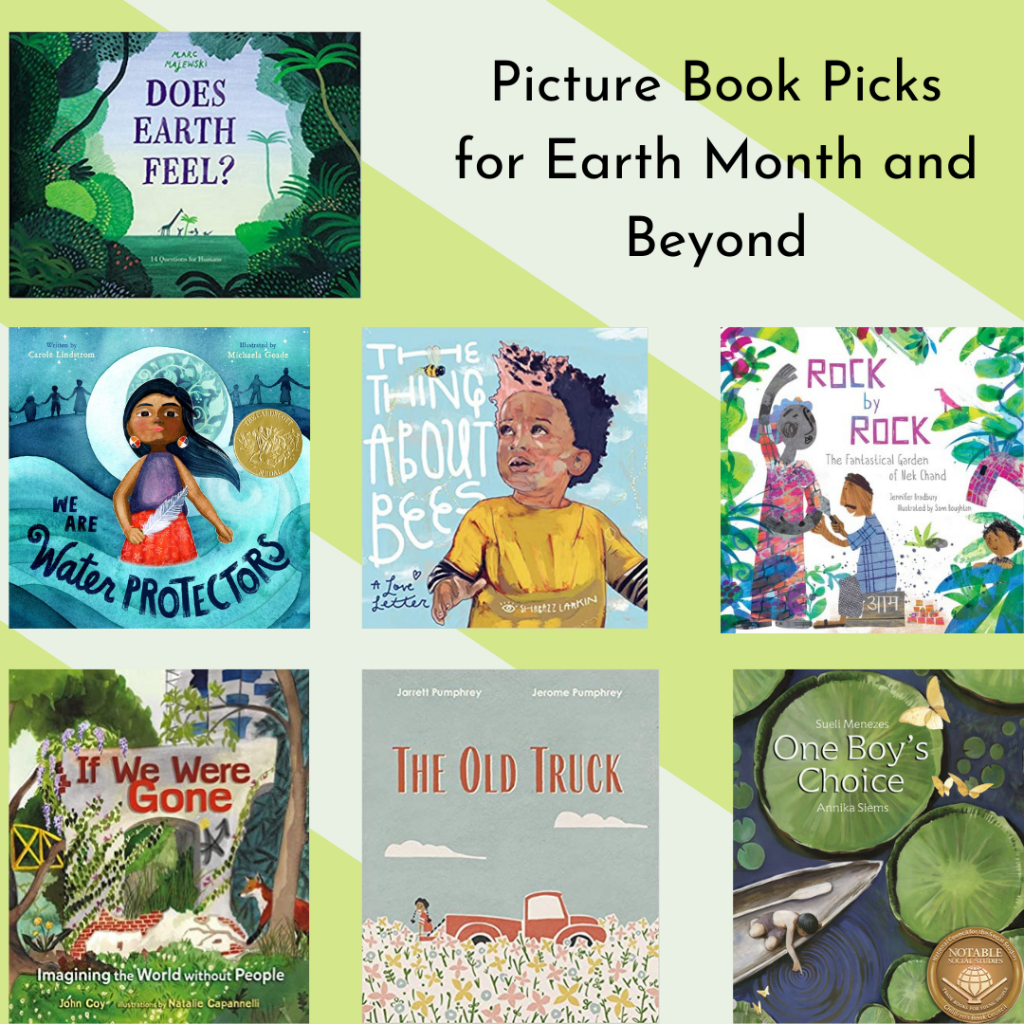
We Are Water Protectors by Carole Lindstrom — An Indigenous child reflects on the importance of water, the threats that water faces, and the activism her community is undertaking to protect their local water.
If We Were Gone: Imagining the World Without People by John Coy — Examines what might happen to Earth if people were no longer there.
One Boy’s Choice: A Tale of the Amazons by Sueli Menezes — A boy must choose between impressing his friends and helping to protect an important part of the ecosystem.
The Old Truck by Jarrett Pumphrey and Jerome Pumphrey — After growing up on a farm where a trusty pickup truck helps complete many tasks, a Black girl becomes a farmer in her own right, and repairs the truck for many more years of use.
Does Earth Feel? by Marc Majewski — Fourteen questions inspire consideration of and empathy for the Earth.
The Thing About Bees Bees: A Love Letter by Shabazz Larkin — A Black father shares an ode to bees with his children, reflecting on how he once feared bees but has come to love their importance to the planet.
Rock by Rock: The Fantastical Garden of Nek Chand by Jennifer Bradbury — This picture book biography of Indian artist Nek Chand celebrates the transformation of discarded materials into new and beautiful purposes.
Greater Cleveland Seed Libraries Open for the 2021 Season
To help make seeds more accessible to those in the community, the Cleveland seed bank partners with public library systems in greater Cleveland to host seed libraries spanning Cuyahoga, Lorain and Lake counties. Each location offers a selection of 24 different varieties of organic, open-pollinated vegetable, herb and edible flower seeds.
Why We Provide Seed Libraries
DID YOU KNOW… In the last century or so, the world has lost 75% of its edible plant varieties. That might be hard to comprehend as many of us have enough food on our plates, but this loss in biodiversity threatens our food and nutrition security. One in five Ohioans is food insecure, meaning they do not know where their next meal will come from and lack access to enough food for an active and healthy lifestyle, as measured by the U.S. Department of Agriculture. Seed libraries offer opportunities to access healthy and affordable food. Increasing self-reliance, fostering a connection to the land, and experiencing bounty are all reasons to celebrate seeds. One seed can yield tens of thousands more and Seed Libraries can encourage a greater appreciation of the resilience of nature. We believe that strengthening knowledge of local food systems and cultivating the skills required for sustainable food production helps to strengthen our community environmentally, economically and socially. Here is a list of seed packets available!
For more information, check out this link!
Sustainability Book Review: Nature’s Best Hope
As a reoccurring feature on the Sustainability Roundtable blog, we will post reviews of books related to sustainability. Interested in submitting your own review to the blog? Contact August at aolundsmith@gmail.com.
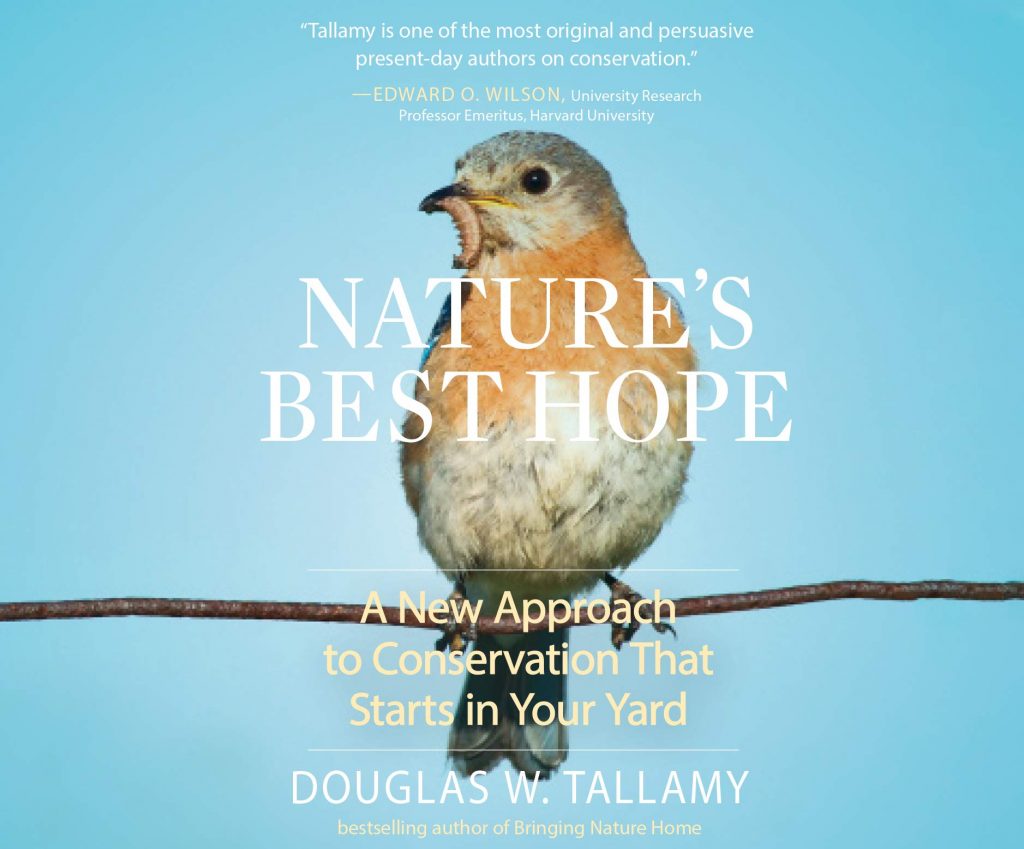
Nature’s Best Hope: A New Approach to Conservation That Starts in Your Yard by Douglas W. Tallamy (Timber Press; 2020)
Book review by Mary Callahan, Children’s Librarian, Hunters Point Library Environmental Education Center, Queens Public Library, NY
I hate gardening. Although I love the idea of growing plants and flowers, my allergies turn the actual work of planting and weeding into eye-itching, nose-dripping, sneezing-inducing misery. But after reading Nature’s Best Hope by Douglas W. Tallamy, I am already plotting out the new native-plant garden that will replace half my front lawn this spring.
That’s because Tallamy, a professor of entomology and wildlife ecology at the University of Delaware, provides a concrete response to the question asked by many people who are concerned about conservation, habitat loss, and the increasing rate of extinction: What can I do?
It turns out there’s a lot you can do.
Tallamy takes the issue of conservation out of the realm of government or national organizations and into the scope of the individual, particularly individual landowners. It’s not enough to preserve natural habitats and fight extinction in protected parks and preserves, he argues. As important as these places are, they are too small and separated from one another to protect species in the long run. People must create a space for nature—insects, birds and other animals, and the plants that they need to survive—literally in their own backyards. And in their front yards, too.
To accomplish this, Tallamy proposes shrinking an all-American symbol—the green, manicured grass lawn. We must replace turf grass, which supports virtually no life, with native plants that are the foundation of a healthy habitat, he insists. If all American landowners made it a goal to convert half of their lawn to “productive native plant communities,” it would restore “some semblance of ecosystem function to more than twenty million acres of what is now ecological wasteland,” a space bigger than the combined areas of the Everglades, Yellowstone, Yosemite, Grand Teton, Canyonlands, Mount Rainier, North Cascades, Badlands, Olympia, Sequoia, Grand Canyon, Denali, and Great Smoky Mountains National Parks.
The result would be, in effect, the country’s largest park system, which Tallamy has dubbed “Homegrown National Park.” This network of private-yard habitats would not only provide food and shelter to the creatures that are being denied a place to live by human development, it would also create “biological corridors” between larger nature preserves, providing a way for animals to move when faced by food shortages, over-population, or other threats. Tallamy writes, “Envision your property as one small piece of a giant puzzle, which, when assembled, has the potential to form a beautiful ecological picture.”
Tallamy understands that Americans love their lawns, and he acknowledges and addresses objections in a style that is direct, conversational, and at times exasperated. He devotes the last chapter of the book to answering potential questions about his approach, covering everything from Lyme disease to homeowners-association regulations.
In addition to making his theoretical case, Tallamy, who also wrote Bringing Nature Home: How You Can Sustain Wildlife With Native Plants, provides lots of useful information and resources for those (like me) who would like to help make Homegrown National Park a reality. For instance, just replacing grass with petunias and impatiens is not enough, gardeners may be dismayed to learn. Many insects need specific plants to survive, and they are not the imported ornamental plants that are the mainstays of American yards. That means replacing manicured lawns with plants that are commonly considered weeds. Monarch butterflies, whose numbers are diminishing at an alarming rate, must have milkweed and nothing else will do.
Among Tallamy’s other (very doable) recommendations for property owners: remove invasive plants, “treasure your leaf litter,” avoid insecticides and herbicides, and don’t mow in the evening, to protect nocturnal species.
For city dwellers who have no grass to convert, Tallamy points out that the lawns of schools and other public properties could also be transformed into native plant gardens by committed community members. He doesn’t specifically mention libraries in this context, but some libraries have already embraced this challenge. An article about library butterfly gardens appears in the Trends section of the March/April 2021 issue of American Libraries. Nature’s Best Hope makes a persuasive case that all of us—libraries included—have a part to play.
Discussion questions:
- Do you think the idea of a Homegrown National Park is viable? How could individuals help make it a reality? What are some roadblocks?
- How can city dwellers and others with no private outdoor space contribute to this approach?
- What specific role can your library play in creating Homegrown National Park?
Sustainability Book Review: The Nature of Nature
As a reoccurring feature on the Sustainability Roundtable blog, we will post reviews of books related to sustainability. Interested in submitting your own review to the blog? Contact August at aolundsmith@gmail.com.
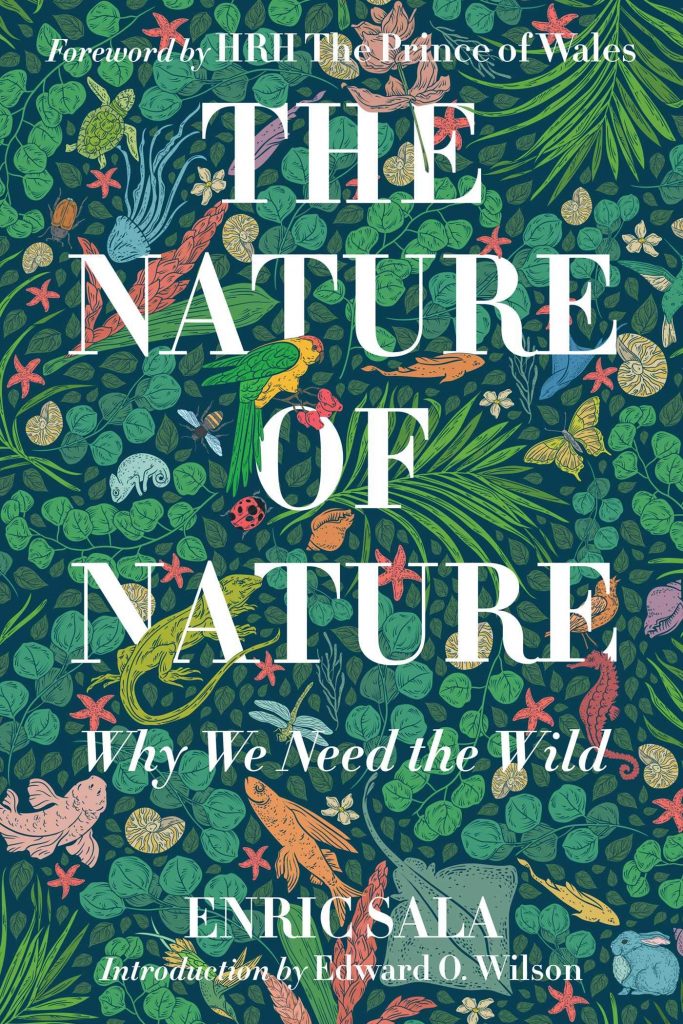
The Nature of Nature: Why We Need the Wild by Enric Sala, National Geographic, 2020.
Reviewed by Rachel Sperling
Chapter Twelve of The Nature of Nature: Why We Need the Wild is called “The Moral Imperative,” and in it, author Enric Sala describes how he and his team of researchers and conservation advocates communicate with world leaders and policy makers, to convince them that the natural environment – “the wild,” as Sala puts it – is worth saving. He does so not by barraging his audience with charts and graphs full of complicated data – not at first, anyway – but by showing them just what they stand to lose if serious efforts to stem biodiversity and habitat loss are not taken. In this chapter, Sala describes taking President Ali Bongo Ondimba of Gabon out on his expedition vessel in 2002, and allowing him to pilot the vessel’s remotely operated vehicle, “a submersible robot tethered to the ship and armed with a camera that allows one to watch the underwater world in real time”. Sala goes on to describe President Bongo Ondimba’s reactions, including his sudden connection with the world below the waves, and his growing understanding that these waters off Gabon’s coast need to be protected.
Though it occurs late in the book, the moment stands out because it’s a good illustration of a couple of Sala’s overarching themes: humans are part of the global ecosystem, and if we better understood our place and the effects of our actions, we might change our policies and behaviors. Sala’s writing is accessible to scientists and non-scientists alike; using plain language and clear, relatable examples, he explains how ecosystems function, how small changes – such as the removal of one species – can have devastating consequences, and why biodiversity is a good thing for everyone. The final chapter – added just prior to publication – deals with COVID-19, which is fitting because zoonotic viruses like COVID-19, H1N1, and SARS, are a result of human exploitation of nature.
One aspect I do wish that he had touched upon is the future of those people whose livelihoods would be impacted by more sustainable practices. While the moral imperative – to use Sala’s phrase – is clear, it’s an important issue and one that needs to be addressed. That said, in this slim volume, Sala makes his argument effectively and I recommend this book strongly to anyone who is interested in clear, concise science writing, particularly on the subjects of biodiversity, and human impact on the global ecosystem.
Enric Salas received his B.Sc. from the University of Barcelona in 1991, and his Ph.D. from the University of Aix-Marseille II in 1996. A former university professor, he is currently a National Geographic Explorer-in-Residence. You can find his filmography and a list of his other publications here: https://en.wikipedia.org/wiki/Enric_Sala
More on National Geographic Explorers: https://www.nationalgeographic.org/projects/explorers/
Topics for discussion:
- Sala describes meeting with important heads of state, to help them see the importance of the wild. What are some ways that ordinary people, especially those that live in cities and perhaps lack the means to travel, can share equivalent experiences? Are there programs that bring people to the wild, or bring the wild to people?
- Think about the ecosystem(s) you inhabit or are close to. How many different species can you name, and can you describe the role(s) they play? Can you identify foundation species, or keystone predators?
- In chapter five, Sala questions the accuracy of GDP in measuring the maturity of a human society, and proposes the Environmental Maturity Index (EMI) instead. Is the EMI a better assessment tool? What are some other ways we might measure a society’s developmental maturity, especially as it relates to environmental health?
Sustainability Book Review: The Shallows and Trick Yourself to Sleep
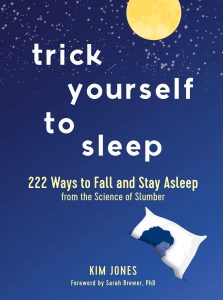
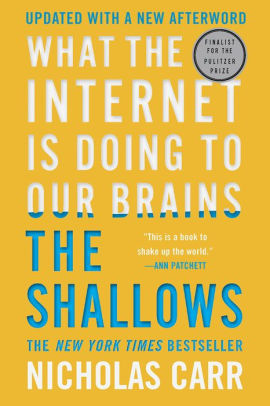
As a reoccurring feature on the Sustainability Roundtable blog, we will post reviews of books related to sustainability. Interested in submitting your own review to the blog? Contact August at aolundsmith@gmail.com.
The Shallows: What the Internet Is Doing to Our Brains by Nicholas Carr
and Trick Yourself to Sleep by Kim Jones
Book Reviews by Kacper Jarecki
Since it’s the holidays and everything, I thought that I would give a big treat by writing a double-book review! If you’re like me, you’ve been spending a ton of time on the computer, with meetings, workshops, webinars, and yes, more meetings, right? In fact, if you’re reading this, you’re on the computer, right now, I can tell!
So I came across this book, The Shallows, and it interested me because it talks about how computers and phones are changing not just our way of life, but our minds too! Every new technology changes us in some way, including plain old-fashioned books. When books first came out, nearly everyone was reading them out loud, and the author, Nicholas Carr, mentions that reading silently was considered a new innovation for the time. However, now “we are devoting much less time to reading words printed on paper” (p. 88).
Although we have more information available than ever, our attention is more scattered than ever before and constantly jumping from one push notification to another. Americans are spending half their time looking at screens. The author states, “the more distracted we become, the less able we are to experience the subtlest, most distinctively human forms of empathy, compassion, and other emotions” (p.221). What is missing now is time to stop and reflect and focus. However, the author notes that nature has important restorative properties, and that people even looking at “pictures of nature were able to exert substantially stronger control over their attention” (p.220).
So, talking about the internet, often I’ll stay up late looking at my phone screen and before I know it, it’s super late and I don’t even know what happened! So I read this book, Trick Yourself to Sleep for tips on how to sleep better. This book is easy to read, with 222 way to fall asleep. In fact, this author recommends setting an alarm clock for 2 hours before going to bed, to just relax and get in the mood for sleeping! And one great way to relax is… drumroll please… reading! “When the stress hormone cortisol in each individual’s blood was measured, it was discovered that the readers’ level had dropped the most – by 68%” (p.11). Reading a book before bed is one of the best ways to decompress; however, the author also mentions that listening to a bedtime story is also great! Some other tips: a lavender smell is great to have at night-time, smiling in bed to make yourself happier and less worried, and thinking of 5 ways your day went well.
The first step to sustainability is taking care of your health. So if you’re reading this, shut off your computer and go for a walk in nature instead, and then read a book! Good luck!!! Happy New Year!!!
Discussion questions:
1. Do you feel like you spend too much time online?
2. What time do you usually go to bed? Are you satisfied with your rest?
3. Do you have any resolutions for New Year?
4. What are some things you do for self-care?
5. How do you plan to stay in touch with nature in 2021?